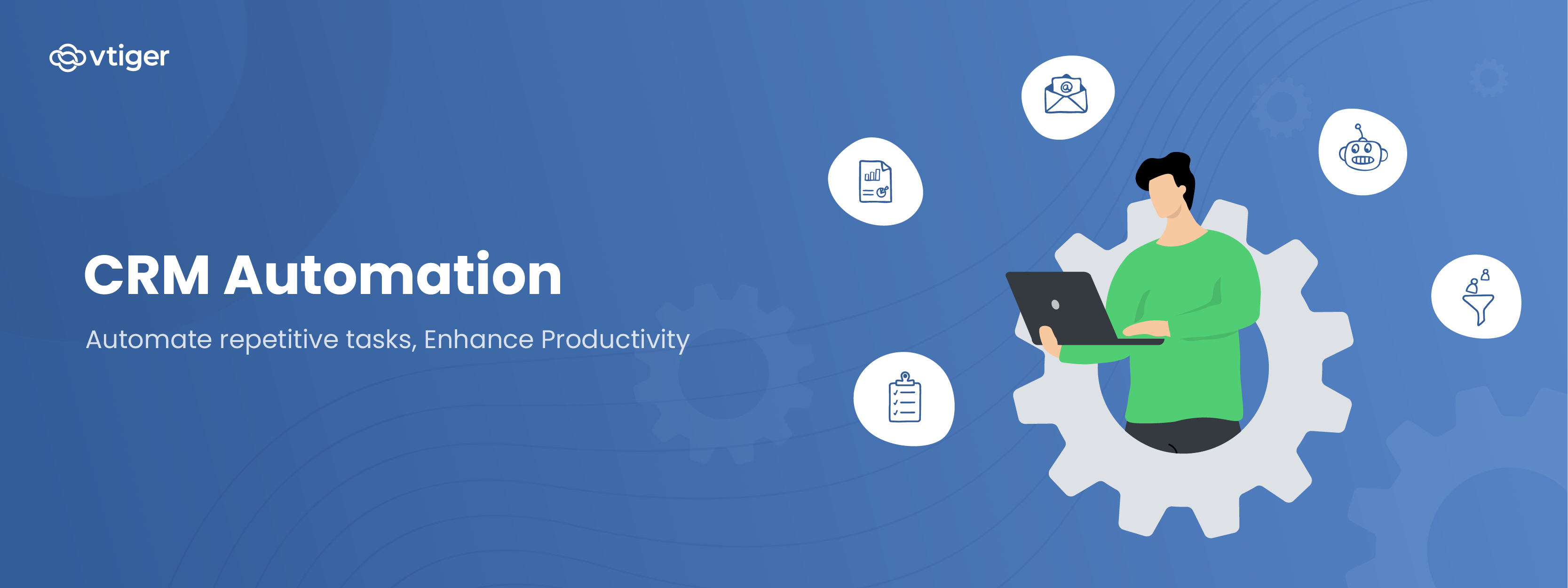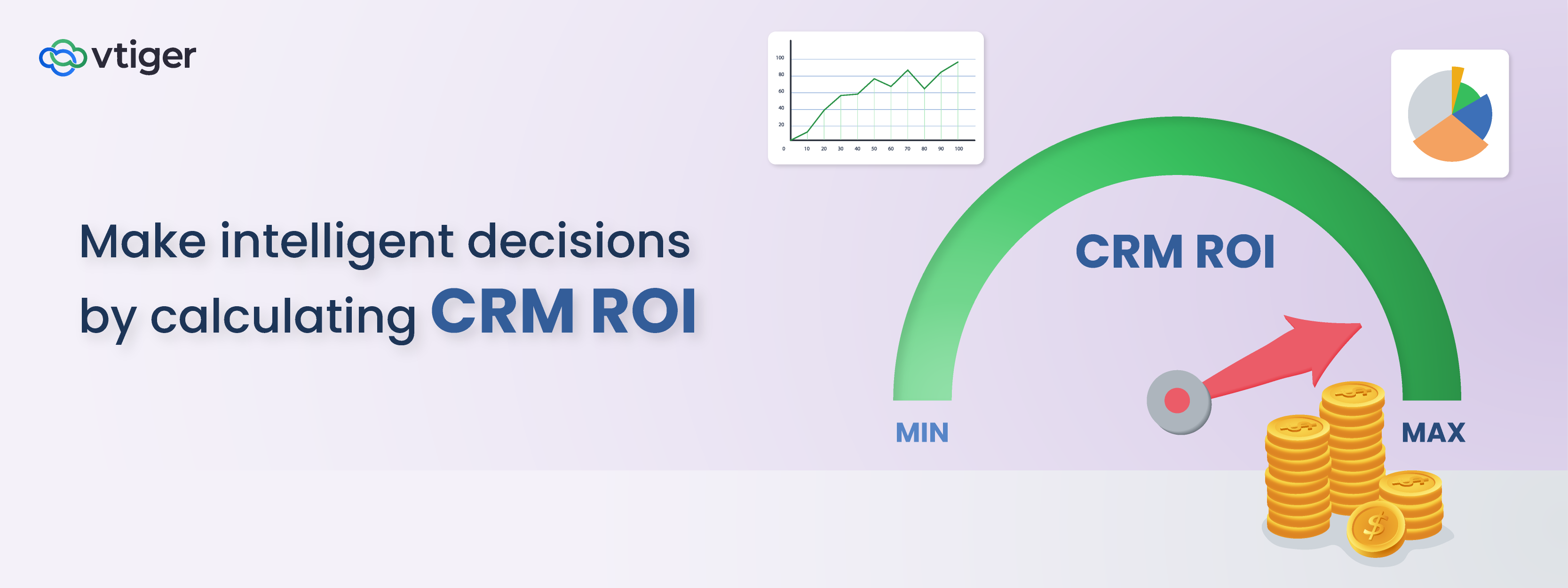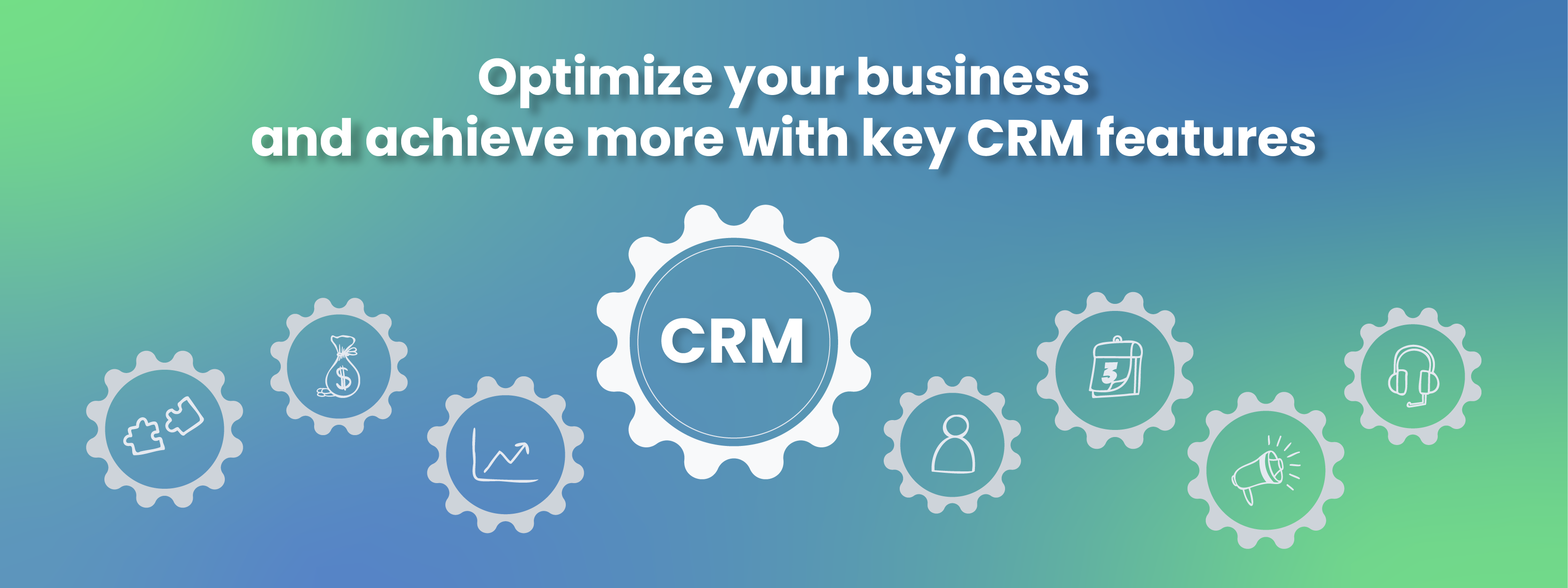Welcome back to the Cut-Down Costs with CRM blog series where we will be discussing multiple dimensions of cost reduction with the help of a CRM.
In this blog, you will learn how CRM automation can help you in streamlining your processes by automating repetitive business activities.
Does your customer support team feel work is not distributed equally? Or, do you miss out on scheduling important meetings with your clients due to a heavy workload? Day-to-day tasks comprise data entries, scheduling calendars, deal updates, etc., that take a lot of time when done manually.
So, what is the ideal solution to streamline all these repetitive activities?
You can automate sales, marketing, and customer support activities. According to Mckinsey, sales automation reports an increased customer-facing time, higher customer satisfaction, efficiency improvements of 10 to 15 percent, and sales uplift potential of up to 10 percent.
Let us look at the definition of CRM automation below:
Defining CRM automation
CRM automation is the process of automating repetitive and manual business activities. This enables sales, marketing, and customer service reps to focus more on strategic tasks and engage in meaningful customer relationships.
What are the processes that can be automated
CRM automation works by configuring workflows and triggering actions based on preset conditions. With CRM automation, marketing, sales, and customer service tasks can be automated. Let us understand them in detail:

Marketing automation
You can automate marketing activities that happen from the first point of interaction like:
- Lead generation: Using automation you can capture leads from different sources like websites, social media, etc., and can be recorded in the CRM.
- Email drip campaigns: You can send a series of automated follow-up emails to sign up for a newsletter or links to attend a webinar, etc., to a list of customers. You can also segment customers using the lead scoring method based on behaviour, interest, etc., and send emails in bulk to potential customers accordingly.
Sales automation
In sales automation, you can automate different sales activities like:
- Lead routing: Instead of assigning leads to each and every sales rep manually, you can automate the distribution of leads to sales reps using different rules. You can assign leads based on the alphabetical order of the reps, or other factors.
- Pipeline stage automation: You can move a deal’s journey from one stage to another. If you want to schedule a call after a lead receives an email, you can set up a workflow and it will automatically trigger the action. In this way, deals will move to the next stage in the pipeline which will help reps in reaching out to them at the right time for fast deal closures.
- Meeting scheduling: If you want to schedule a meeting with your lead for a product demo, you can schedule it prior by filling all the relevant details like date, time, number of invitees, etc. You can also set up reminders that will notify you before the meeting. In this way, you can keep a track of all your events without missing them.
Customer service automation
You can provide superior customer experience by automating customer service activities like:
- AI-enabled chatbots: Chatbots allow you to have real-time conversations with your customers. You can have a pre-determined set of answers to commonly asked questions. And, the bots will trigger these answers when a customer raises a question helping you to solve real-time queries.
- Case routing: Just like lead routing, you can automate the assignment of cases to different reps by setting up routing rule sets.
Some other processes that can be automated are:
- Invoices: Rather than sending invoices manually, you can allow the system to create invoices when a purchase is done.
- Reports: You can generate reports by capturing different metrics like team performance, sales forecasting, etc., from the data available in the CRM. And, you can automatically share it with the managers via emails which will help in making important decisions.
- Dashboards: You can setup dashboards to track Key Performance Indicators (KPIs). Instead of going through the complex steps to measure different metrics in an organization, configuring dashboards will display anything like the top sales performers, number of leads generated in a week or month, etc.
Benefits of CRM automation
We have understood CRM automation empowers different teams in an organization. Now, let us see what difference automation can make for businesses by diving into the benefits below:
Increased productivity: By automating repetitive or recurring tasks with workflows, there will be fewer chances of errors. Automation also allows teams to remain efficient by getting more things done in less time, thus increasing productivity.
Improved sales revenue: When you are able to qualify leads, track the deal’s journey and do regular follow-ups with email campaigns, you can improve conversion rates at a higher speed.
Enhanced customer satisfaction: You can reduce the work of customer support teams using chatbots. Also, you can quickly resolve queries without keeping customers wait for a long time. And, with case routing, cases will be assigned to the right reps which allow you to provide a superior customer experience and leads to greater customer satisfaction.
Better business insights: By generating accurate reports, you will be able to come up with a clear strategy and meet business goals effectively. Also, you will be able to identify gaps in the team performance, sales goals, etc., and generate actionable insights.
Do you know Vtiger also aids in automating your tasks using the Workflow feature?
With Vtiger Workflows, you can automate setting up meetings, creating tasks, updating field values, etc.
Sign up for a 15-day free trial to know more about Vtiger Workflow module.
———————————————————-
Click the below links to read our blogs in this series
- How centralized data in a CRM can benefit your business.
- How CRM helps you in internal and external collaboration.
- How to use CRM Integrations to conduct Business Smoothly.
- How to improve business communication with CRM integration
- How to build a marketing social media strategy by using social media integration.



